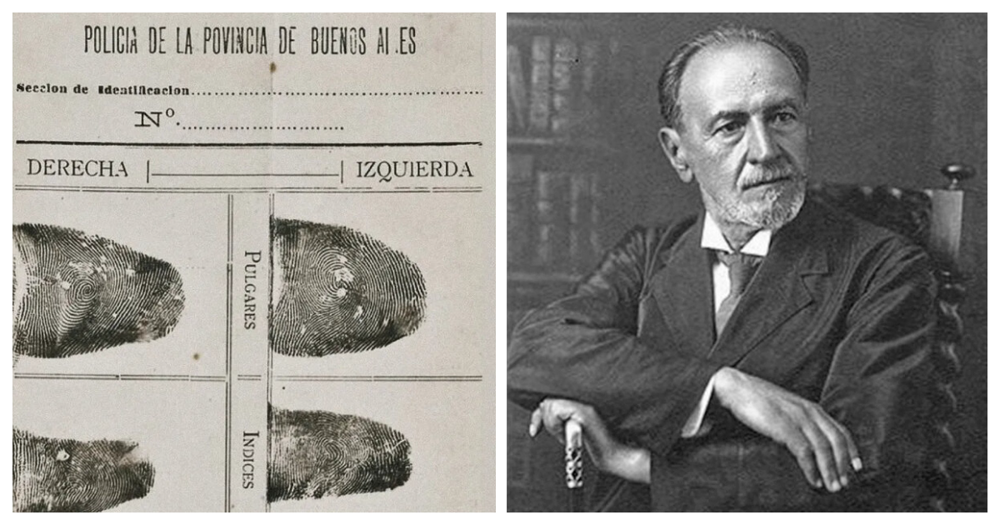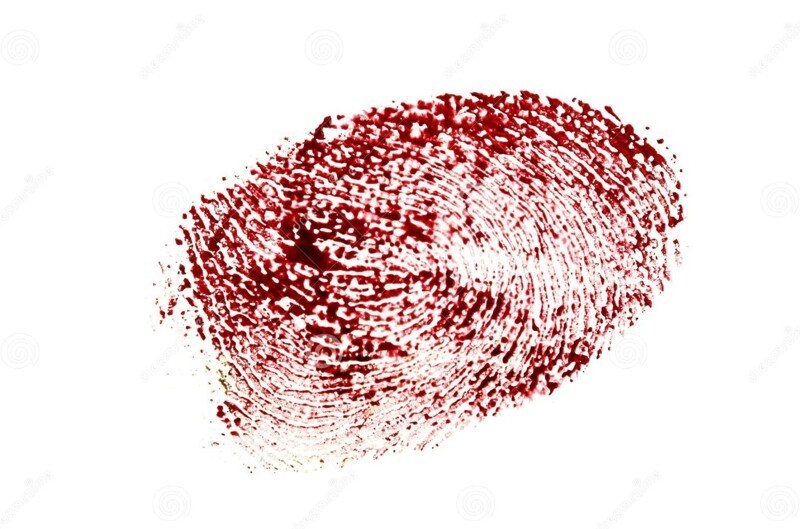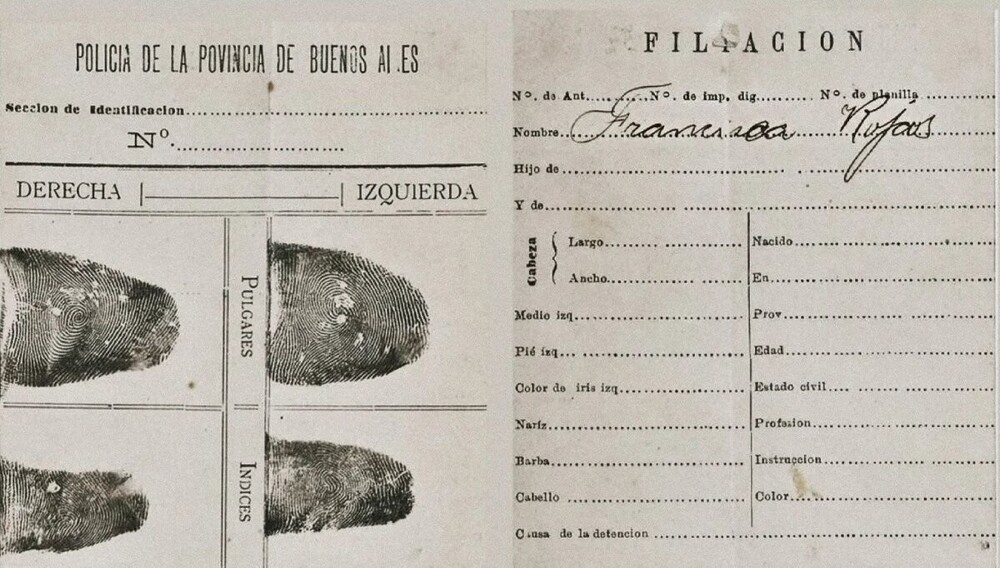Argentine pioneer of fingerprinting and his contribution to the development of criminology (8 photos)
Modern criminologists have at their disposal many techniques and systems, including digital ones, that allow them to solve a crime even with insignificant evidence. But it was not always so. 
On June 29, 1892, a terrible crime occurred in the slums of Necochea, a town in southeastern Argentina in the province of Buenos Aires. A simple worker, Ponciano Caraballo, returned home and could not open the door to the bedroom where his wife and children were. 
Necochea today
The man adored his children - 6-year-old Ponsiano Ernesto and little Feliza, who was only 4 years old. And their mother, 27-year-old Franziska, has recently increasingly expressed dissatisfaction: there is too little money, not enough for a normal life.
Frightened, Caraballo ran to his neighbor for help. Together they broke open the door, which was propped up with a shovel from the inside. And they saw a terrible picture: Francis and the kids were lying on the bed with their throats cut. The young woman was lucky and her wound was not fatal. The children were dead.
As soon as the woman came to her senses, she began screaming that her neighbor had attacked her. The same Ramon Velazquez who helped his husband open the bedroom door. He had been showing signs of attention to the woman for a long time, but she remained faithful to her husband. And when she refused the last time, he dealt with the children in a rage. And Francis herself survived only by a miracle.
Guilty! 
The suspect was arrested. And they used the usual interrogation technique of that time - banal torture. The man was severely beaten and the physical force was supplemented with psychological force - he was left in a cell overnight along with the bloody bodies of the children.
But Velazquez, despite the torture, continued to insist on his innocence. Local police were confused, because they rarely encountered such stubborn criminals. Inspector Eduard Alvarez arrived from the provincial capital to provide assistance to Necochea.
Evidence and suspicions 
He examined the crime scene, found missing evidence, and studied the report. Naturally, I was wary when I learned that the door of the room was locked from the inside. How did the killer get out of there? Became a disembodied spirit? Or did it grow wings and fly out the window? The victim claimed that Ramon hit her with a shovel, but there were no wounds on the woman's body other than a superficial cut on her throat.
It, like the wounds of the children, was inflicted with a kitchen knife. Whereas an angry man would rather use a farm knife, which always hung on his belt. Or was he not so angry about the refusal that he pulled himself together, calmly went down to the kitchen, took a knife, and the woman and children waited for him in the bedroom, doing nothing?
At the well, the inspector found a bloody rag with which the killer wiped his hands, and a knife. Alvarez's attention was drawn to a fingerprint on the door left by blood. The police also seized the evidence for more detailed study. He made a print using ink and a stamp pad and sent it to his mentor in La Plata. 
Juan Vucetich
The provincial capital already had the world's first working fingerprint database, which was collected by Juan Vucetich. Initially, the man was engaged in accounting and statistics, and then, by order of management, he opened an anthropology office and began studying fingerprinting. 
Edward Galton
The English scientist Edward Galton achieved the introduction of fingerprinting as a method of registering criminal offenders in England. And Vuchetich adopted his method, simplified it and created his own classification system, which was based on four types of prints. By the time this crime was committed, he had almost 1.5 thousand prints. 
Franziska's prints
He compared the sample with those in the database. And he discovered a coincidence: the print belonged to Francis. Faced with the irrefutable evidence, the woman began to sob, screaming that she had killed the children because her husband threatened to take them away, and slandered her neighbor. But in reality, the story turned out to be as old as time: the woman had a lover who was not eager to drag into a new life a reminder of his beloved’s past relationship. And Francis decided to get rid of hertey. The woman went to prison.
In 1902, in Argentina, the study of fingerprints was recognized as the main method of identification in criminal investigations. Other countries soon followed suit. 
Vuchetich headed the Fingerprint Center in Buenos Aires and wrote two books about the techniques he developed. The Argentine police academy and forensic center in Croatia, where Vucetich was from, was named after the pioneer of Argentine fingerprint research.





















